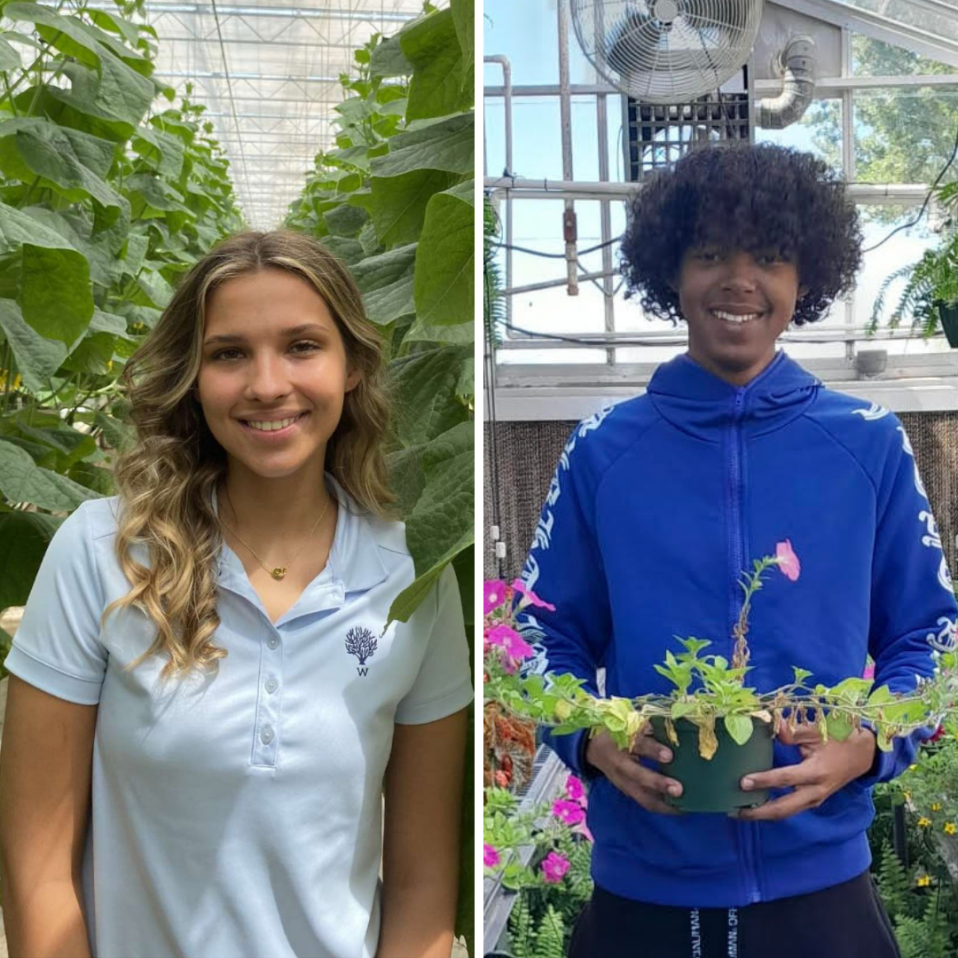The Bahamas Environmental Stewards Scholar Programme (BESS) has been a cornerstone in cultivating the next generation of environmental leaders in The Bahamas since its inception. This transformative experience which consists of a semester at The Island School in Cape Eleuthera and a four-month paid internship with BREEF, is designed to empower young Bahamians with a profound understanding and appreciation of their natural environment, equipping them with the skills and knowledge necessary to become effective stewards of our islands’ unique ecosystems. Through a blend of academic study and hands-on experience, BESS Scholars emerge from the programme ready to confront environmental challenges both locally and globally, and to advance their studies.
One of the most rewarding aspects of the BESS Programme is witnessing the success of our alumni as they embark on the next chapter of their lives. This year, we proudly celebrate the achievements of our recent BESS Scholars as they take their first steps into tertiary education:
- Christopher Clarke is beginning his journey at Penn State University, where he will pursue a degree in medicine with a minor in environmental studies. Christopher’s passion for the environment, coupled with his commitment to healthcare, positions him to become a catalyst for positive change in the future.
- Maya Lindeman has recently joined the University of Connecticut to study Environmental Law. Maya’s dedication to preserving our natural world was evident throughout her time with the BESS Programme, and we are confident that she will continue to make significant contributions to the field.
- Taye Fountain is now attending the University of New Orleans, where he will major in Naval Architecture with a minor in Environmental Studies. Taye’s blend of technical expertise and environmental awareness will undoubtedly lead to innovative solutions in the maritime industry.

Taye Fountain attending The University of New Orleans
We also extend our congratulations to previous BESS Scholars who continue to excel in their tertiary studies thus far.
These success stories are a testament to the BESS Programme’s commitment to preparing our scholars for tertiary education and beyond. During their internships, BESS Scholars gain invaluable skills that enhance their resumes and college portfolios. Whether through public speaking engagements, fieldwork, sub-internships at local NGOs, or research projects, our scholars are equipped with the tools needed to excel in their chosen fields.
As we celebrate the accomplishments of our alumni, we encourage all BESS graduates to share their post-programme journeys with us. Your stories inspire the next generation of environmental stewards and highlight the far-reaching impact of the BESS Programme.
To those considering applying to the BESS Programme, understand that this is more than just an educational opportunity—it’s a launchpad for your future. The BESS Programme not only provides hands-on experience and knowledge but also opens doors to prestigious universities and career paths that align with your environmental passions. Whether your interest lies in environmental photography, biology, law, or engineering, each internship is tailored specifically to you.
Applications are now open for the next cohort of BESS Scholars. If you are a young Bahamian ready to make a difference and join a community of like-minded individuals dedicated to protecting our natural heritage, apply today! Your journey toward becoming an environmental leader starts here.
Learn more about the BESS Programme and how to apply HERE.






































































































































































































